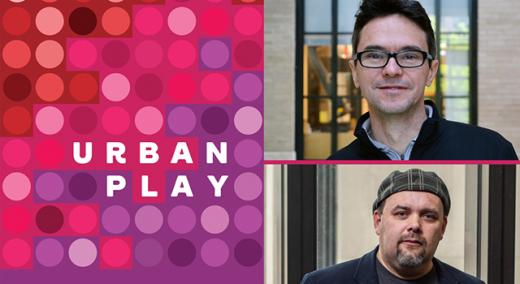First published August 25, 2021, on MIT News.
In 2010, the city of Rio de Janeiro opened its Operations Center, a high-tech command post centralizing the activities of 30 agencies. With its banks of monitors looming over rows of employees, the center brings flows of information to city leaders regarding crime, traffic, and emergency preparedness, among other things, to help officials anticipate and solve problems.
|
ADVERTISEMENT |
That’s one vision of technology and urban life. Another, quite different vision of deploying technology debuted in Rio six years later, at architect Guto Requena’s Dancing Pavilion, built for the 2016 summer Olympics. The pavilion had a dance floor, banks of mirrors rotating in response to people’s movement, and lighting that changed according to the activity levels in the building. The goal was to enhance sociality and spontaneity.
…

Add new comment